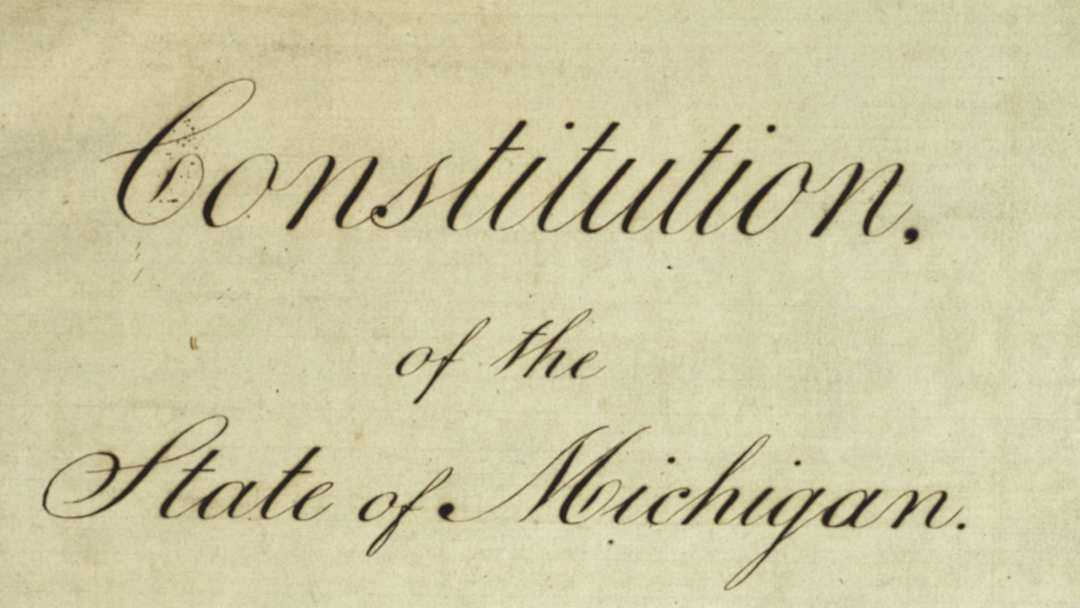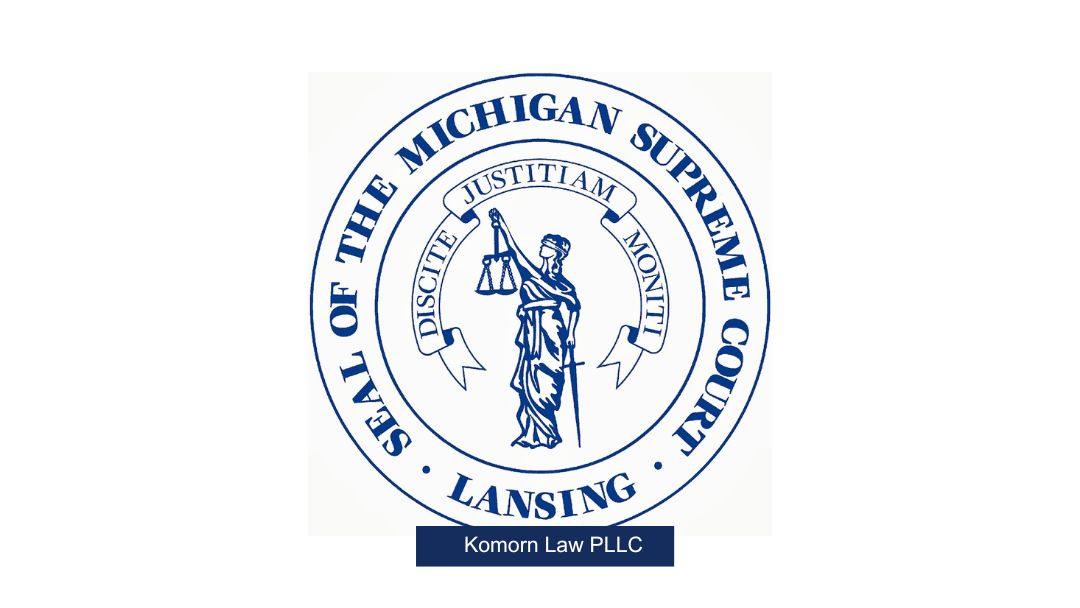As of Friday 3/28/25, the firm’s shares were worth less than a dollar.If you are charged with a crime you're part of the State of Michigan family now. Call us - Because you don't want to be a part of that family. Komorn Law (248) 357-2550Genetic testing service...

SCOTUS – Justices uphold laws targeting homelessness
Does not amount to “cruel and unusual punishment” under the Eighth Amendment
The Supreme Court has affirmed the validity of ordinances in a southwest Oregon city that restrict individuals experiencing homelessness from utilizing blankets, pillows, or cardboard boxes as protective measures against the elements while sleeping within city limits. In a decision reached by a 6-3 vote, the justices sided with the city of Grants Pass, asserting that the ordinances serve to prohibit camping on public property for all individuals and do not infringe upon the Constitution’s prohibition of cruel and unusual punishment.
Writing for the majority, Justice Neil Gorsuch contended that the Eighth Amendment, which bans cruel and unusual punishment, “serves many important functions, but it does not authorize federal judges” to “dictate this Nation’s homelessness policy.”
Instead, he suggested, such a task should fall to the American people.
Justice Sonia Sotomayor dissented, in an opinion joined by Justices Elena Kagan and Ketanji Brown Jackson. She argued that the majority’s ruling “focuses almost exclusively on the needs of local government and leaves the most vulnerable in our society with an impossible choice: Either stay awake or be arrested.”
In Grants Pass, a city with a population of just under 40,000, as many as 600 individuals experience homelessness on any given night, prompting the city’s decision in 2013 to intensify the enforcement of existing laws that prohibit the use of blankets, pillows, and cardboard boxes for sleeping within city limits.
Violators are subject to significant fines starting at 295 dollars, which can increase to 537.60 dollars if not paid promptly. Receiving two citations may result in local police issuing a ban from city property and anyone who disregards this order can be charged with criminal trespass, which may lead to penalties of up to 30 days imprisonment and a fine of 1250 dollars.
Holding: The enforcement of generally applicable laws regulating camping on public property does not constitute “cruel and unusual punishment” prohibited by the Eighth Amendment.
Judgment: Reversed and remanded, 6-3, in an opinion by Justice Gorsuch on June 28, 2024. Justice Thomas filed a concurring opinion. Justice Sotomayor filed a dissenting opinion, in which Justices Kagan and Jackson joined.
Recommended Citation: Amy Howe, Justices uphold laws targeting homelessness with criminal penalties, SCOTUS blog (Jun. 28, 2024, 1:48 PM), https://www.scotusblog.com/2024/06/justices-uphold-laws-targeting-homelessness-with-criminal-penalties/
Legal Counsel and Your Rights
When facing legal challenges, particularly in criminal cases, it is advisable to seek legal counsel immediately.
An experienced attorney can provide guidance on how to navigate interactions with law enforcement while safeguarding your constitutional rights.
Since 1993 our expert legal defense in navigating criminal law matters and protecting your constitutional rights are what we eat for breakfast everyday.
Contact Komorn Law PLLC if you’re ready to fight and win.
Research us and then call us.
More Rights You Should Know
No Results Found
The page you requested could not be found. Try refining your search, or use the navigation above to locate the post.
Other Articles
Understanding Domestic Violence Laws in Michigan
Understanding Domestic Violence Laws in MichiganDomestic violence is a serious issue that can affect anyone, regardless of age, income, or background. If you are experiencing domestic violence in Michigan, it's important to know your rights and the laws that protect...
Macomb Prosecutor issues first charges under new safe storage law
Understanding Domestic Violence Laws in MichiganMacomb County Prosecutor Peter Lucido has filed the first charges under Michigan's new safe storage law following a critical accident in Warren. An 8-year-old boy allegedly accessed an unsecured firearm and shot himself...
Marijuana grow busted as feds investigations trend in more states
The DEA is investigating international criminal organizations that are operating illegal marijuana grows in about 20 states, including Maine.The significant electricity usage in a residence, its windows concealed with cardboard, and the scent of marijuana caught the...
A visit with a kick
POW - Right in the Kisser. Businesses watch out for the lawA Pennsylvania-based convenience store chain was hit with a lawsuit by the Biden administration at the same time the president stopped by one of their locations on the campaign trail. Sheetz is being accused...
Woman tried to board flight with 56 pounds of marijuana
Woman allowed airport police to check her luggage, had name tag on bags, according to reportsBefore a 21-year-old Memphis woman could board an United Airlines flight, Memphis International Airport Police found 56 pounds of marijuana in her luggage, according to...
You’re too stupid to store a gun properly
The Biden administration once again defends a ban in federal court, arguing that people who use marijuana should be prohibited from purchasing or possessing firearms. They claim that this restriction is supported by historical precedent and that individuals who...
Illegal Firearms in Michigan
Illegal Gun Ownership in Michigan: Insights and StatisticsThe issue of illegal gun ownership in Michigan is a complex one, influenced by various factors ranging from criminal activity to loopholes in regulatory measures. Understanding who owns illegal guns is crucial...
Restoring Second Amendment Rights in Michigan
Restoring Your Gun RightsAs of 4/17/24...There is still a second amendment The Second Amendment of the United States Constitution grants citizens the right to bear arms, a fundamental aspect of American freedoms. However, in some cases, just like every other right...














